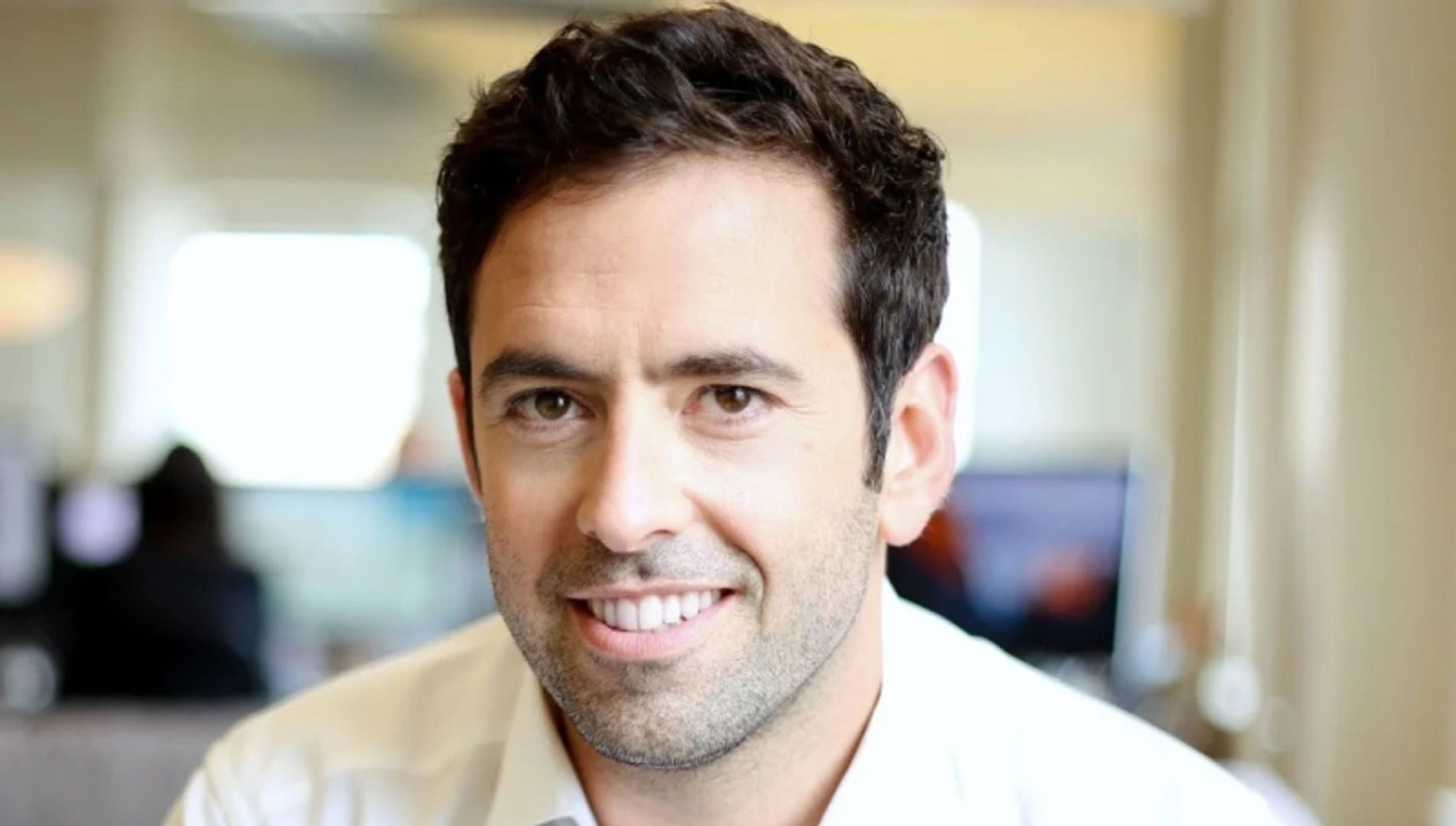-
Back to menu
Prices
-
Back to menu
-
Back to menu
Indices -
Back to menu
Research
-
Back to menu
Events -
Back to menu
Sponsored
-
Back to menu
Videos -
Back to menu
-
Back to menu
-
Back to menu
Webinars
Select Language
By Krisztian Sandor|Edited by Parikshit Mishra
Updated Aug 12, 2025, 12:03 p.m. Published Aug 12, 2025, 12:00 p.m.

- Digital Asset and major financial firms completed the first real-time, on-chain financing of U.S. Treasuries against USDC on the Canton Network.
- This move is part of a broader trend to tokenize financial instruments, aiming to enhance efficiency and accessibility in global markets.
- The transaction was executed on a Saturday, bypassing traditional settlement limitations, and involved major financial institutions including Bank of America, Citadel, DTCC, Societe Generale and Tradeweb.
Digital Asset and a group of major financial firms have executed the first real-time, fully on-chain financing of U.S. Treasuries against USDC on the Canton Network.
The repo trade, carried out on Tradeweb, settled atomically on a Saturday, sidestepping the weekday-only limitations of traditional settlement systems, according to a press release shared with CoinDesk on Tuesday.
STORY CONTINUES BELOW
Prime brokers converted U.S. Treasuries held at the Depository Trust & Clearing Corporation (DTCC) into tokenized assets on Canton, then used them as collateral for USDC-backed financing. The Canton Network is a privacy-focused blockchain developed by Digital Asset.
Institutions involved in the transaction include Bank of America (BAC), Circle (CRCL), Citadel, Cumberland DRW, DTCC, Hidden Road, Societe Generale, Virtu Financial and Tradeweb. Most of these firms invested in Digital Asset in its $135 million fundraising round in June.
Tokenization of government debt, a crucial collateral asset in global markets, is part of a broader push to bring financial instruments, or real-world assets, onto blockchains. Global banks and asset managers explore tokenization to cut settlement times, increase transparency and keep markets open around the clock.
Participants in the Canton transaction said it marks a step toward a unified market structure blending traditional finance’s scale with the programmability of decentralized blockchain rails. They plan more transactions later this year.
“[The transaction] demonstrates how market participants can unlock real-time collateral mobility and round-the-clock financing using assets on chain, which lays the groundwork for a fundamentally more efficient and accessible global financial system,” Kelly Mathieson, chief business development officer at Digital Asset, said in a statement.
Read more: Decentralized Finance and Tokenization Growth Still Disappoints: JPMorgan
Krisztian Sandor is a U.S. markets reporter focusing on stablecoins, tokenization, real-world assets. He graduated from New York University’s business and economic reporting program before joining CoinDesk. He holds BTC, SOL and ETH.
More For You
By Oliver Knight|Edited by Parikshit Mishra
27 minutes ago

Qubic’s claim of majority control over Monero’s hashrate sparks warnings of a potential 51% attack, reviving fears over one of crypto’s most disruptive network threats.
What to know:
- Qubic, led by former IOTA co-founder Sergey Ivancheglo, claims to control over 51% of Monero’s hashrate, potentially enabling it to reorganize blocks, censor transactions, and attempt double-spends.
- The project’s “useful proof-of-work” model converts Monero mining rewards into USDT to buy and burn QUBIC tokens, with its share of the network rising from under 2% in May to over 25% by late July.
- Industry figures have voiced concern, with Ledger’s CTO warning of a live 51% attack and others questioning Qubic’s claims and economic model; Monero’s price has fallen 6.65% in 24 hours and 16% over the past week.















